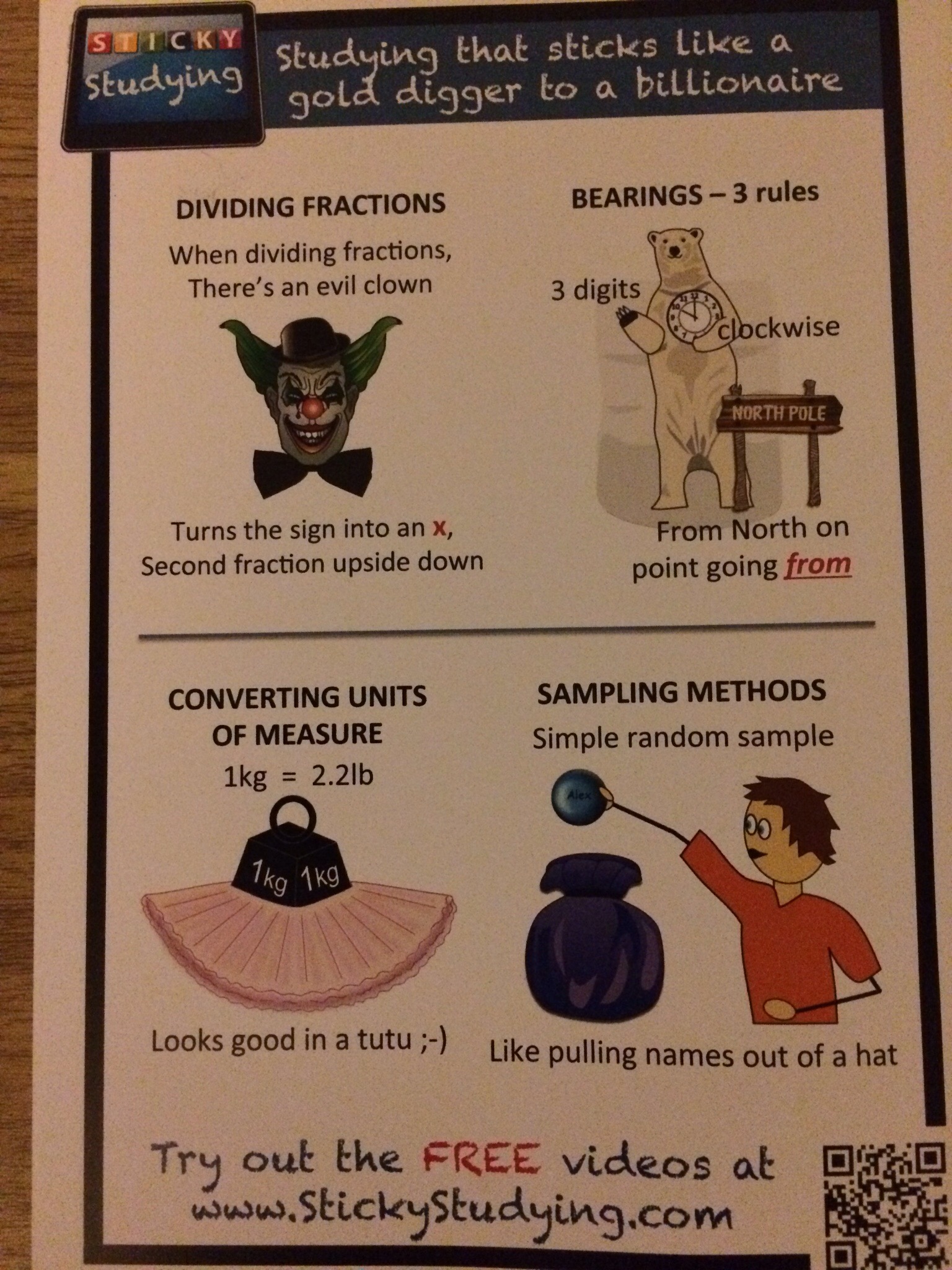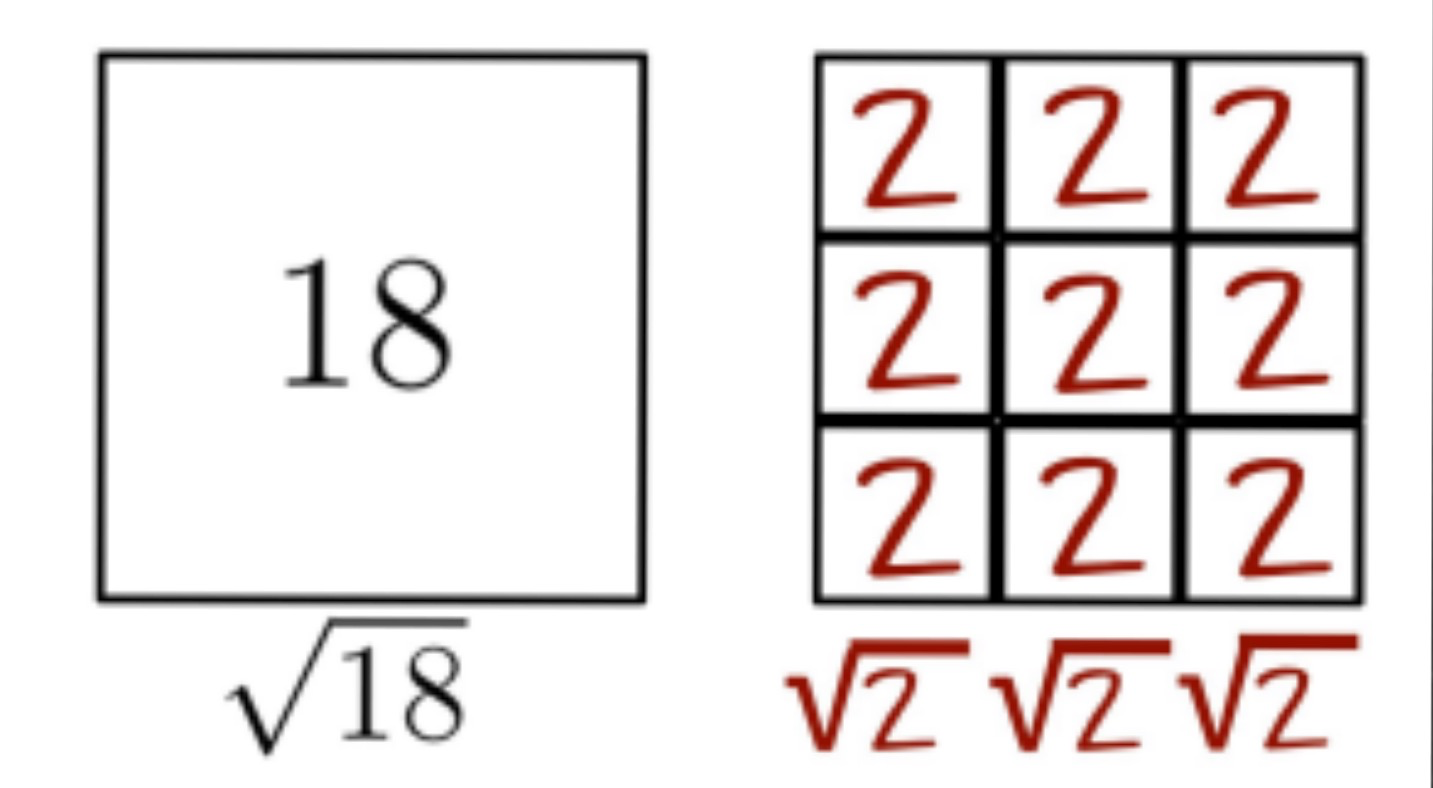I had a great Pi day yesterday at The National Mathematics Teachers Conference, organised by La Salla Education (@LaSalleEd) interacting with many other teachers from around the UK. My only regret is that I didn’t stay the night before, it sounds like a lot of fun was had.
The day got off to a good start with breakfast pastries and coffee, I’m sure I had more than I should have done but they were very tasty! After the welcome from Mark McCourt came the welcome from Andrew Taylor of AQA (@AQAMaths). He focussed on problem solving and emphasised that despite what you may think from the media at the moment problem solving is still an important component of the AQA assessment materials. He explained how the problem solving focus has been around for a long time and highlighted some materials that AQA developed with Leeds University’s Assessment and Evaluation unit to support the teaching of problem solving some years ago. I wasn’t aware of the “90 maths problems” resource and I’ve had a quick flick through the extract they provided in print form – I particularly like the “Javelin B” and “PQR” problems. I’ll be downloading the full resource from AQA’s All About Maths site and having a proper look.
After this we had the presentation from Dr Vannessa Pittard of the DfE – for those of us at LaSalle’s last conference this was pretty dull as the presentation, I am sure, was exactly the same. But as @MrReddyMaths pointed out, this conference was much bigger so there was a large section of the audience that this presentation may have been useful to. I’m ashamed to say that at the time I didn’t consider this….. The speed dating was interesting as usual, though unfortunately I can’t remember who I actually spoke to 🙁
Session 1
After coffee, with some surprisingly nice frangipane cake bites, it was time for session 1. Unfortunately Andrew Blair (@inquirymaths) whose workshop I was looking forward to attending was unable to be there due to illness. Because of this, the session was replaced by a last minute session ran by the memory expert David Thomas of Sticky Studying. David was a fantastic, very entertaining speaker but I can’t see myself using techniques like these memory visualisation things in my classroom

The dividing fractions one I particularly don’t like as this doesn’t help understanding. Just memorising things and methods is very different to what I am beginning to call “conceptual memory” – I’m sure this phrase has been used before…..
Before the session I had always been very dismissive of the idea of writing a journey/story to remember a list of things. I think this is perhaps because I didn’t have problems remembering things at school and thought this meant that there was just more things to remember. However, at the beginnig of the session we were asked toremember 20 random objects and embarrassingly I only remembered 5. At the end we were asked to remember another list of 20 objects by writing a journey and I remembered all 20. Whilst this wasn’t a totally fair comparison (the first list was spoken to us and the second was written), this session has at least made me consider whether these kind of memory techniques could benefit students who struggle to remember.
Maths TweetUp
During the extended lunch break we had a very enjoyable TweetUp organised by Bruno Reddy,Julia Smith,Mel Muldowney,Jo Morgan,Danielle Bartram,Ed Southall,Dawn Denyer,Emma Bell, Robert Smith and Hannah Radcliffe. It was fun doing some of the excellent puzzles created by Ed (and put on his website solvemymaths.com) and meeting other teachers on twitter including
Session 2
For session 2 I attended the talk by the excellent Johnny Ball – I’m pleased to say that I managed to have my photo taken with him and get a copy of oe of his books signed. He talked about lots of interesting things, including the propertie of elliptical billiard tables (as marketed by Paul Newman apparently), Archimede’s discovery of the formula for the volume of a cone, why eclipses happen and the fact that Robert Hooke invented sash windows. One particularly simple thing that he pointed out was the fact that if you draw a chord from a point \((-b,b^2)\) on the left hand side of \(y = x^2 \) to a point \((a,a^2)\) on the right hand side of \( y = x^2 \) then this chord intersects the \(y-\) axis at the value \(ab\). The proof of this, is of course a simple application of a method to find the equation of a straight line

Feel free to play with this yourself on a short GeoGebra sheet I have hosted here. I can’t believe I had never spotted this before. He also showed a beautifully simple demonstration of parabolic motion, I tweeted a video of this, but will try to upload it to this blog soon too.
Session 3
For the final session of the day I went to Jo Morgan‘s session on “Tips and Tricks”. This session was fantastic, and despite following her resourceaholic blog avidly there were plenty of things I hadn’t considered before.
The organisation of the session was great, with some questions to do and then time to discuss with other people. It was great meeting Keith Morrison and talking about different approaches with him.
I’d never seen the indian method for calculating HCF and LCM.

I’m not really sure how I feel about it – think I may give it a go with one of my classes and see what they think.
It was interesting to see different methods for finding the minimum of a quadratic curve – I always default to completing the square, but lots of GCSE students seem to find completing the square hard so maybe this is not the best approach. The symmetry method, I think is something I use if I have a graph in front of me, but I hadn’t considered using it purely algebraically before.

Jo also talked about the great “Nix the Tricks” book that is avaialable freely online. I’m a big fan of this book, but I definitely won’t be using this approach when teaching the simplification of surds. I realy don’t see the advantage of this.

Jo has made her presentation and workbook (I was strangely excited to get a workbook!) available online here and she will be blogging more about the content of her presentation soon.
Invetween
Inbetween all of this I had some useful comversations in the exhibitors area, especially with Tim Stirrup (@timstirrup) of Mathspace. I think Mathspace is a great product, and the fact that they are adding in more A-Level content makes it an even more attractive proposition. I also bought a few books from the MA stand and nicely discounted prices, discussed the Core Maths qualification with @AQAMaths and had an interesting discussion with the maths team at Oxford University Press (@OxfordEdMaths) about their textbooks for the new curriculum.
All in all a great day!!
One reply on “#mathsconf2015”
Thanks for supporting MA and ATM bookstalls.